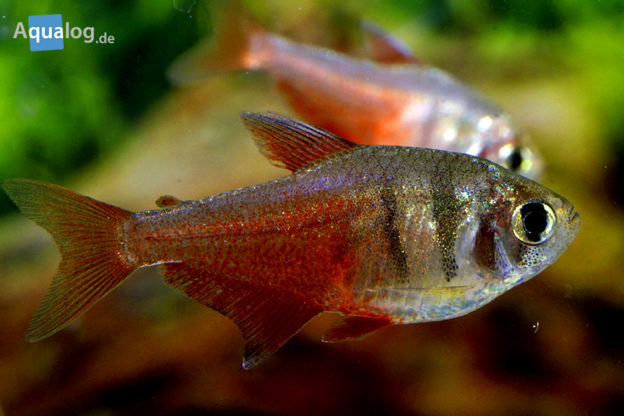

In spring people are drawn to the open air. Regardless of whether they own a garden or just a balcony, at this time of year aquarists often wonder whether and which of their fishes could be kept outside for a while.
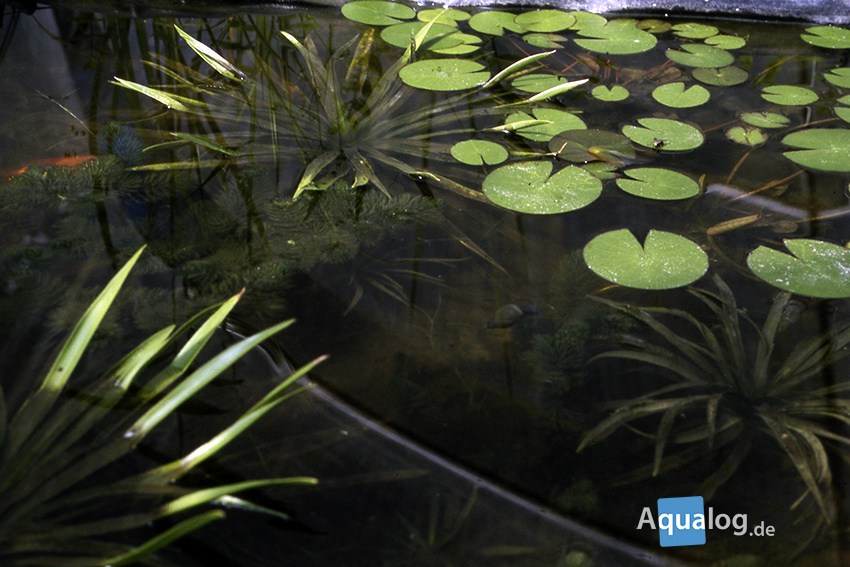
Large tubs or small pre-formed ponds are well suited to keeping some aquarium fishes outside during summer.
A whole range of different aquarium fishes originate from areas that lie not in the Tropics but in cooler subtropical zones. They have a fairly good tolerance of comparatively low water temperatures down to 14°C. Such fishes can be kept outdoors very successfully for a while. The advantage of this method of maintenance is that the fishes exhibit outstanding condition and develop splendid colors such as are otherwise often seen only in wild-caught specimens.
In central Europe the time to begin such a “summer airing” is around the middle of May, i.e. now. By then outdoor temperatures are generally stable enough and there are no longer any frosts at night. If possible, however, the preparations for such an undertaking should begin somewhat earlier, as the summer quarters for the fishes need to be biologically matured as usual.
Regardless of what sort of accommodation you choose (an aquarium, a water butt, a pre-formed pond, an old bath-tub, etc, etc): The container should never be set into the ground. If the future fish domicile is positioned at ground level then a thick piece of styrofoam should first be placed between the container and the ground. The reason for this is simple. Even if the air temperature has reached pleasant levels of warmth, the soil temperature will still be very cold 30 cm down. Our new miniature biotope would cool down far too rapidly and far too much during the night were it to be set into the ground. If the container intended for fish maintenance is black in color (a concrete tub, for example), then the exterior should be wrapped in reed matting or the like. Otherwise the water will overheat in bright sunshine.
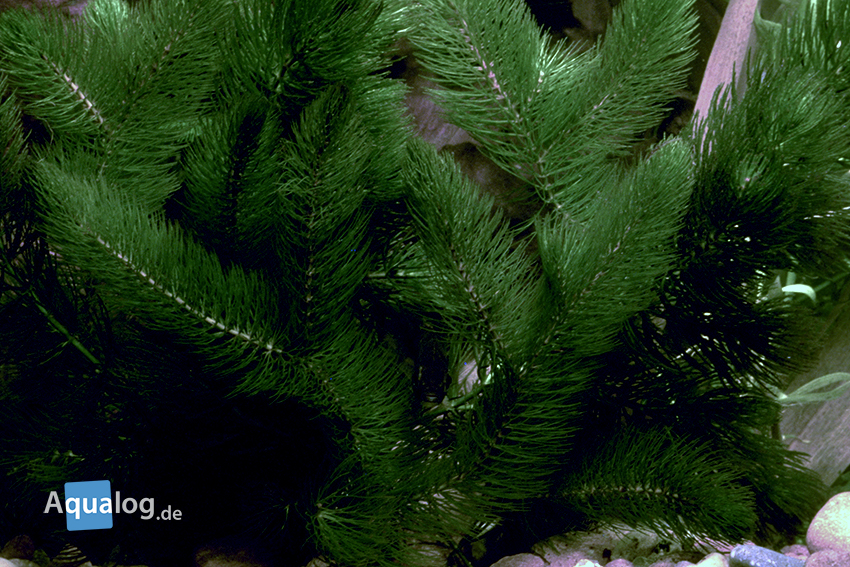
No outdoor container for fishes should be without Hornwort, Ceratophyllum demersum.
It is advisable to add a layer of very clean, well-washed gravel, about 5 cm deep, as substrate. This will very quickly be colonized by small organisms such as insect larvae, worms, and so forth, which will subsequently contribute to the stability of our miniature biotope. Whether or not you set plants in the substrate is a matter of individual taste. Fundamentally, rushes and other plants growing out of the water are very helpful in keeping the nutrient content of the water low and thus keeping algal growth within bounds. On the other hand, it is very important to introduce unrooted stemmed plants. Hornwort, Ceratophyllum demersum, is particularly good in this respect. This plant has one characteristic invaluable for our purposes: in cold water and low light conditions it sinks to the bottom. The sunlight falling on the surface can then work wonders in warming up the water. If the temperature and/or the amount of sunlight increases, then the Hornwort floats to the surface as a result of its increased metabolic activity, and thus shades the water and prevents overheating.
A filter should not be installed; the arrangement described above will result in cooler (lower) and warmer (upper) layers of water, enabling the fishes to easily avoid extremes. The water movement caused by filtration might result in occasional overheating on very warm and sunny days.
The container should be filled with mains water. A bucket of water from a natural body of water that doesn’t contain fishes, and a nitrification product designed for the garden pond, will “inoculate” the miniature biotope with the necessary micro-organisms. All that remains is to put an aquarium thermometer in the container. The latter should be covered at night with a tarpaulin to prevent excessive cooling. The temperature should now be monitored regularly in the morning (as early as possible). When the morning temperature is no longer below 18°C, the introduction of fishes can begin.
Maintenance is essentially limited to feeding and topping up to replace evaporated water. Ideally the latter should be performed using clean rain water, but mains water can also be used, although that may lead to increased algal growth.
There are very many fish species that can be kept outdoors for a while in this way. We will limit ourselves here to a selection of tried-and-tested species that are, moreover, always available in the trade. Give it a try. We are sure you too will be totally enchanted by the splendid colors of your outdoor fishes!
White Cloud Mountain Minnow, Tanichthys albonubes
The White Cloud Mountain Minnow originates from southern China, where it inhabits running waters. This fish, which grows to around 3 cm long, tolerates temperatures down to about 10°C, but please bear in mind that newly-purchased specimens will, of course, initially be used to far higher temperatures (this also applies in general to all the species detailed below). For outdoor maintenance allow around 5 liters of water per fish. If the container is well planted then you will be able to net out young fishes on a regular basis and sell them, making this fish a “nice little earner”.
Flame Tetra, Hyphessobrycon flammeus
This tetra comes from the area around Rio de Janeiro and tolerates temperatures down to around 16°C. Unfortunately the specimens seen in our aquaria nowadays are frequently colorless. But when kept outside these approximately 4 cm long fishes will soon once again demonstrate how they got their popular name, especially if a handful of peat is added to give the water a brownish color. If you want them to breed naturally then allow around 10 liters of water per fish, as the species is a noted egg-robber.
Rosy Barb, Pethia conchonius
- Wildfangmännchen
- Wildfangweibchen
- Goldene Zuchtform
- Schleierform
- Neon-Zuchtform
- Grüne Zuchtform
Top left: wild-caught male; top right: wild-caught female; center left: golden cultivated form; center right: long-finned form; bottom left: neon cultivated form; bottom right: green cultivated form.
The Rosy Barb comes from India and attains a length of around 15 cm, although it is sexually mature at as little as 5 cm. The species is very tolerant of low temperatures and will withstand down to 14°C without problem. Allow around 20 liters of water per individual for these active swimmers. Specimens kept outdoors develop incredibly beautiful colors, with males exhibiting not only shades of red but also a sooty black, creating a very attractive effect. But please don’t purchase the long-finned varieties for outdoor maintenance, as these cultivated forms are significantly more sensitive when it comes to water temperature.
Peppered Catfish, Corydoras paleatus
This mailed catfish originates from southern South America. Temperatures down to 16°C are no problem for it. You may perhaps wonder why anyone would want to keep such a fish outdoors, where it will hardly ever be seen, at least in containers whose interior can be viewed only from above. Well, the reason is the outstanding condition that such fishes achieve over the summer. That aside, breeders swear by this method for the optimal rearing of breeding stock.
Variatus Platy, Xiphophorus variatus
The Variatus Platy originates from Mexico. The temperature can drop to 16°C before it shows signs of any ill effects. Variatus means varied, and, as the name suggests, the coloration of this fish, sometimes also known as the Variegated Platy, is immensely variable. These fishes develop into particularly splendid specimens if – when about half-grown – they are kept in cool conditions for a while. Individuals that are kept permanently warm often become sexually mature very early and then never attain the size and splendid coloration of their parents.
As mentioned earlier, it is possible to discuss only a small selection of fishes here. The selection can be expanded if you so wish. If in doubt, your aquarium dealer will be happy to advise.
Frank Schäfer
Anzeige






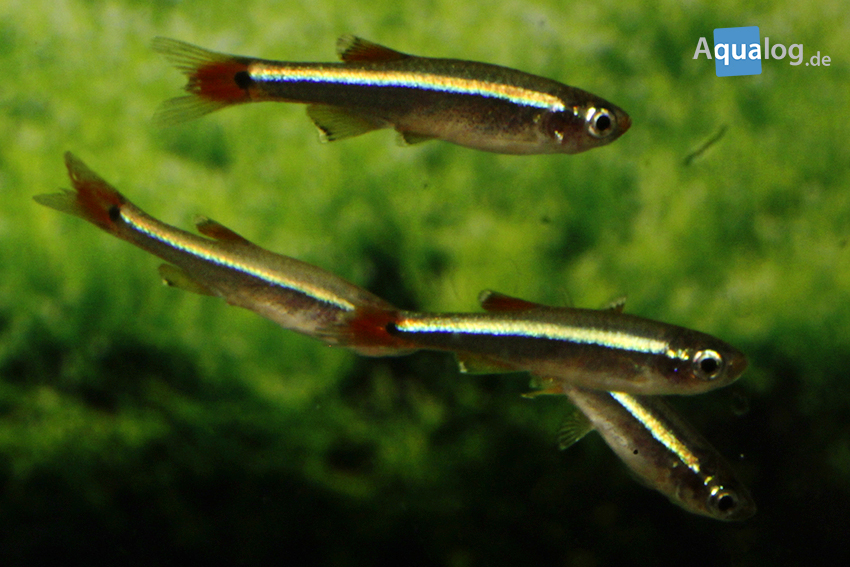
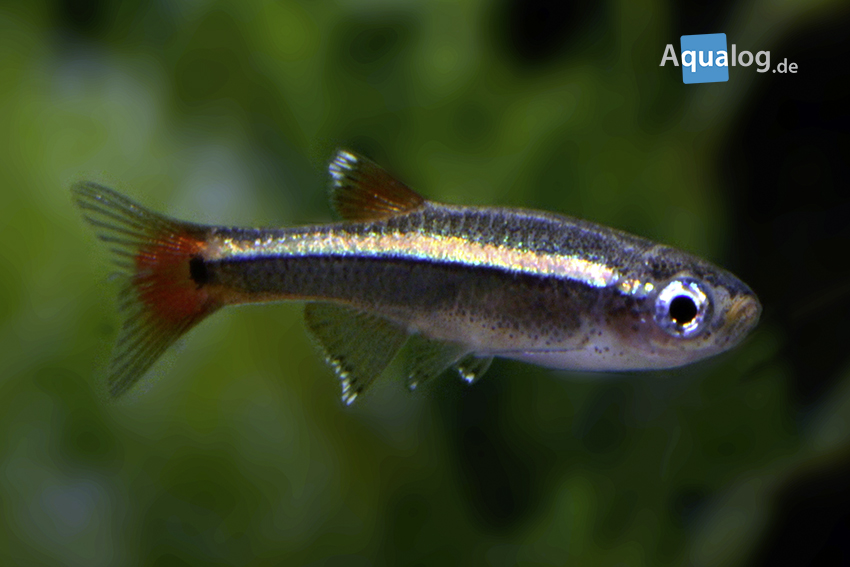
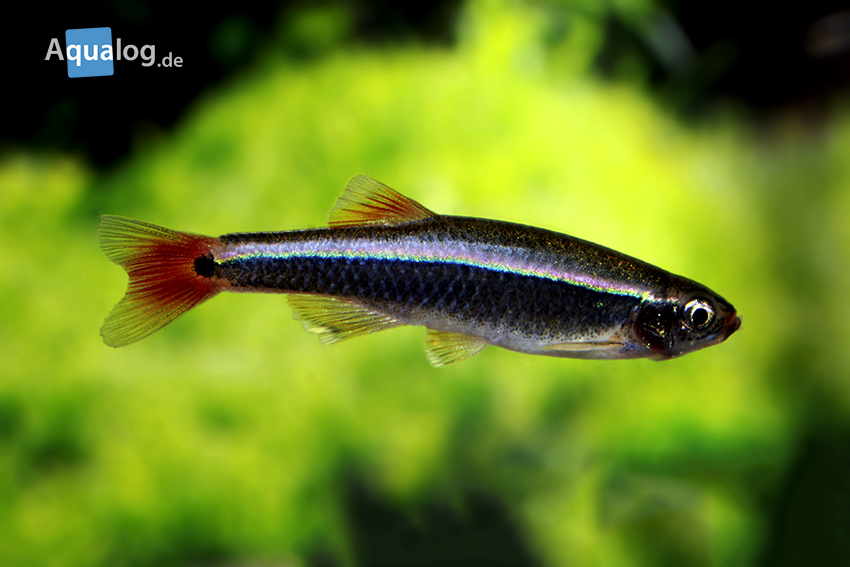
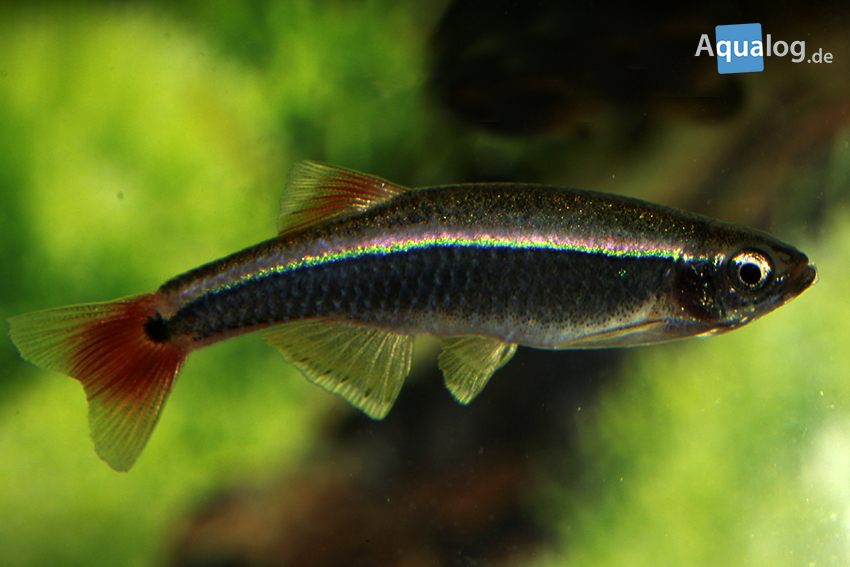



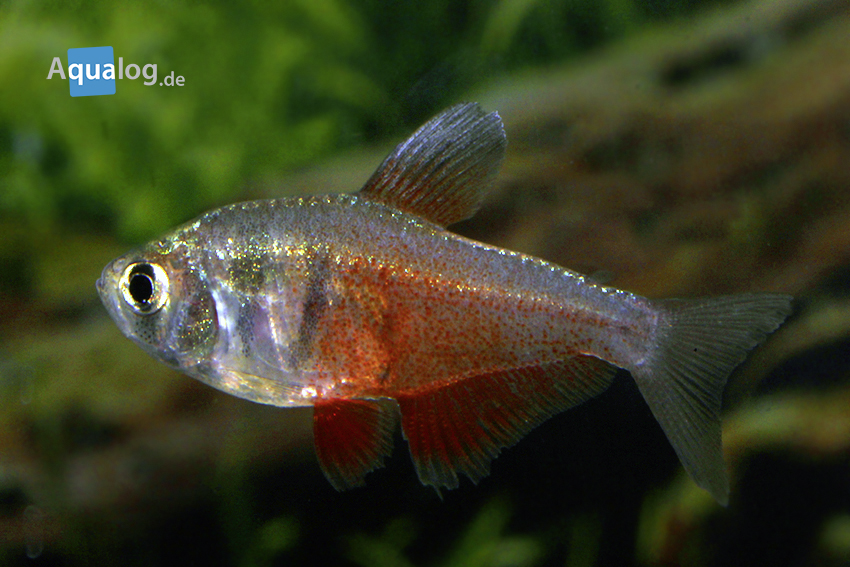
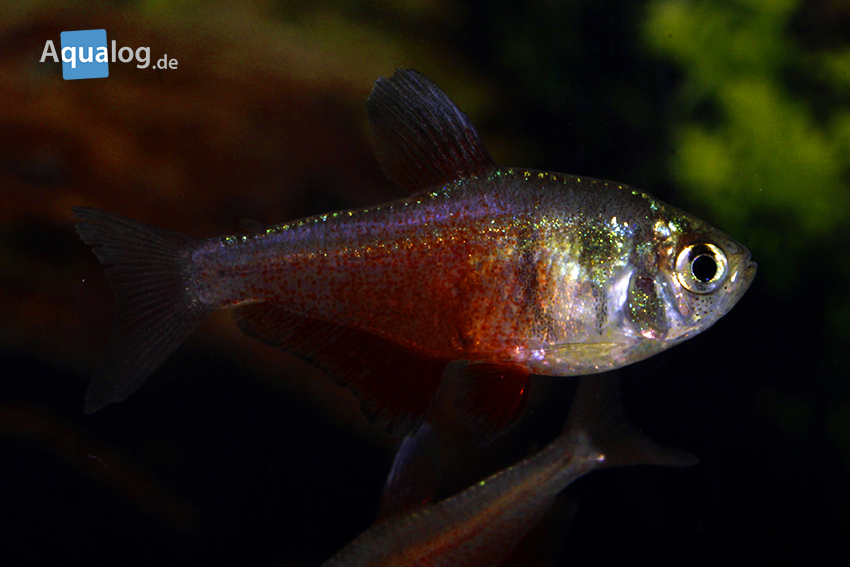
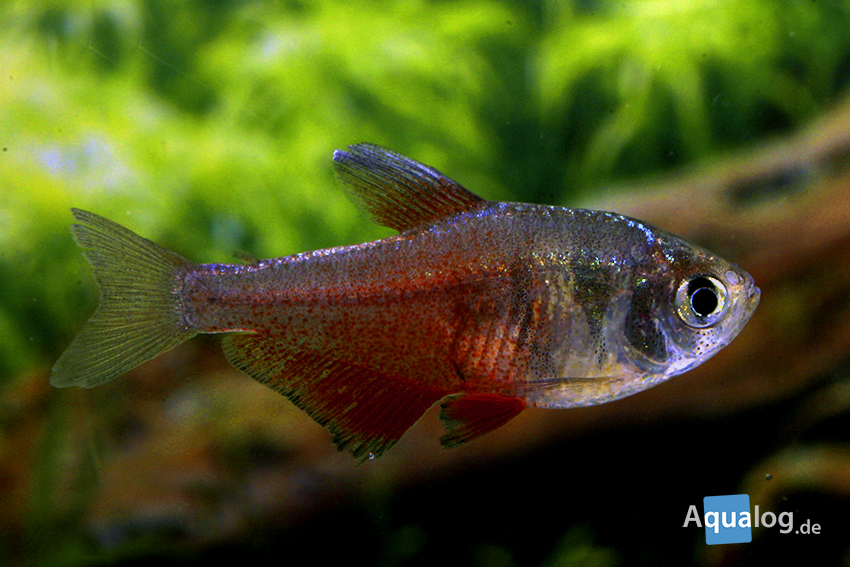

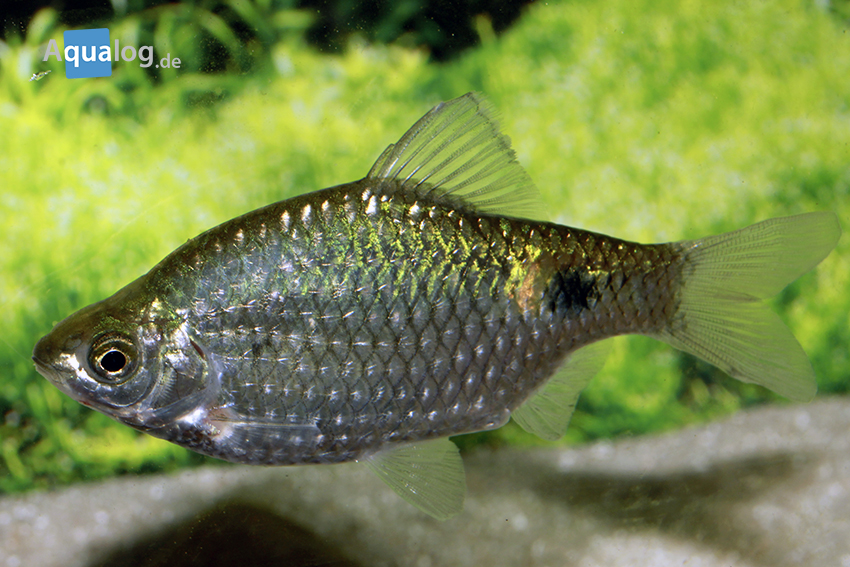

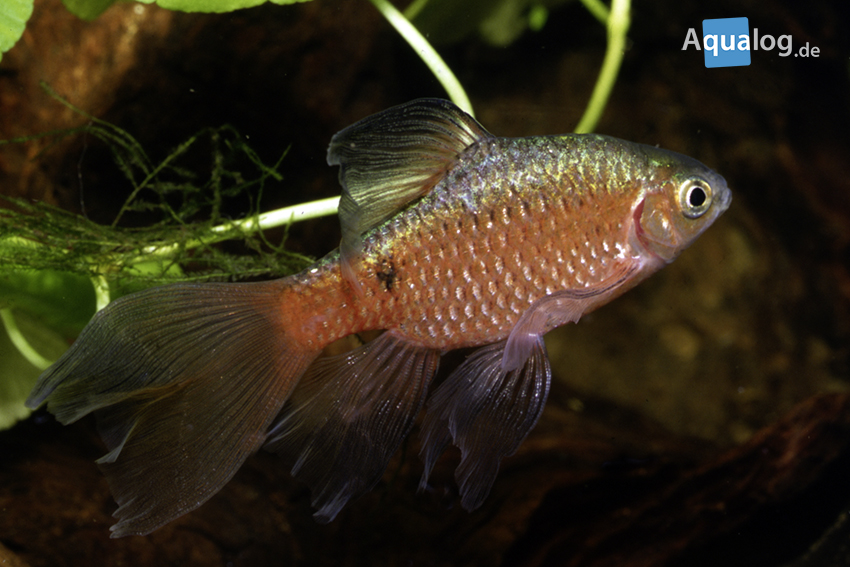
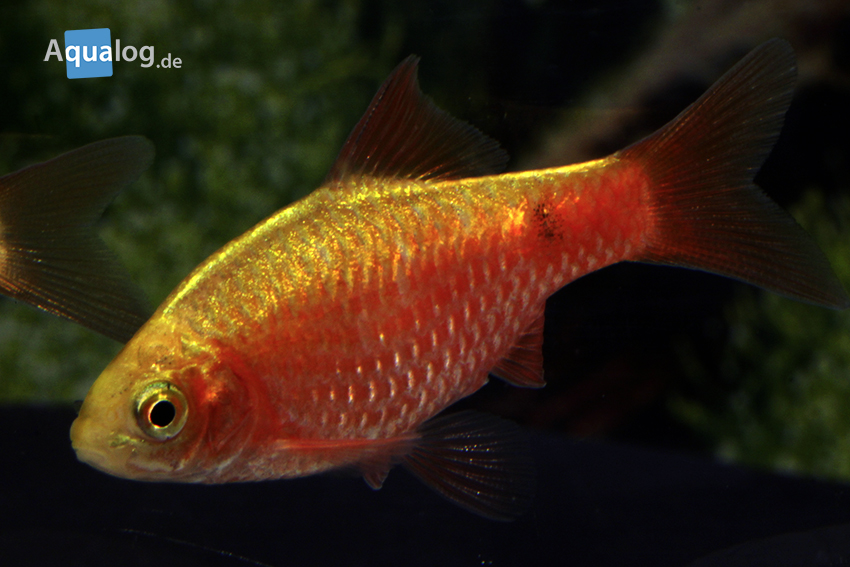
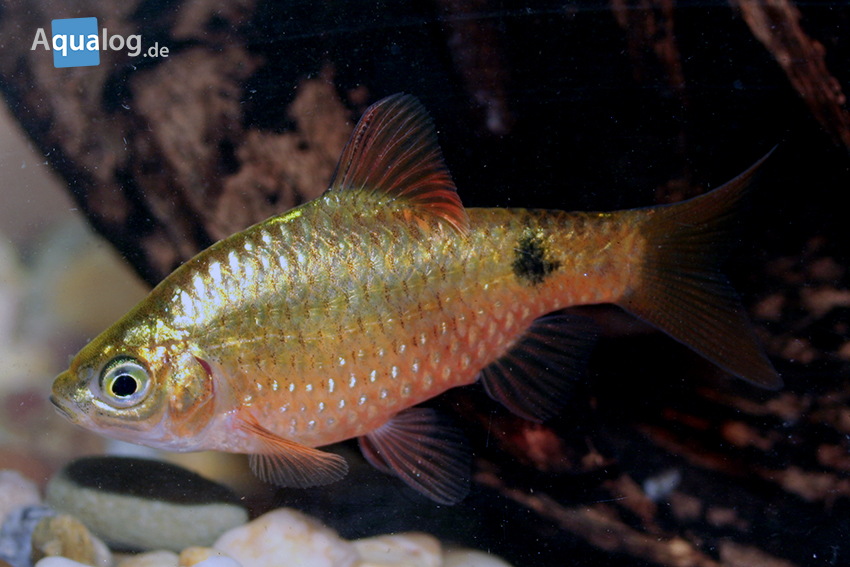
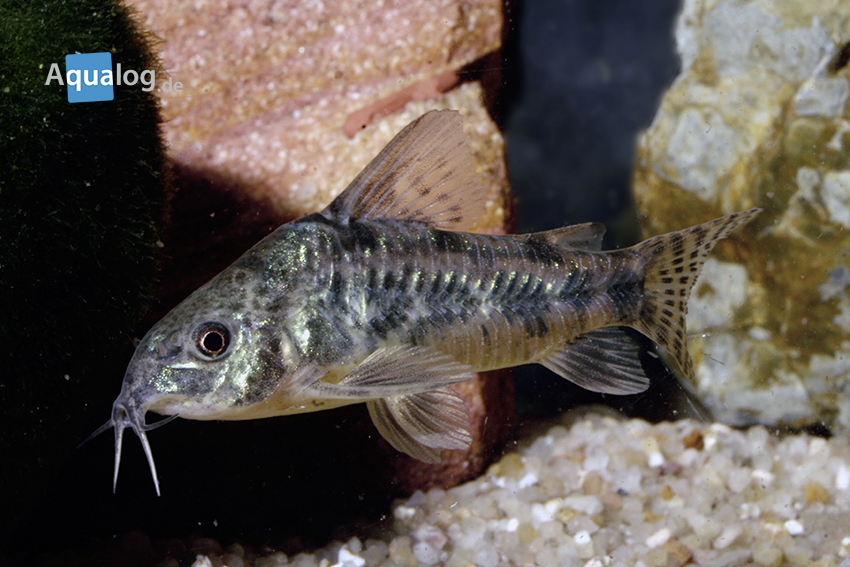
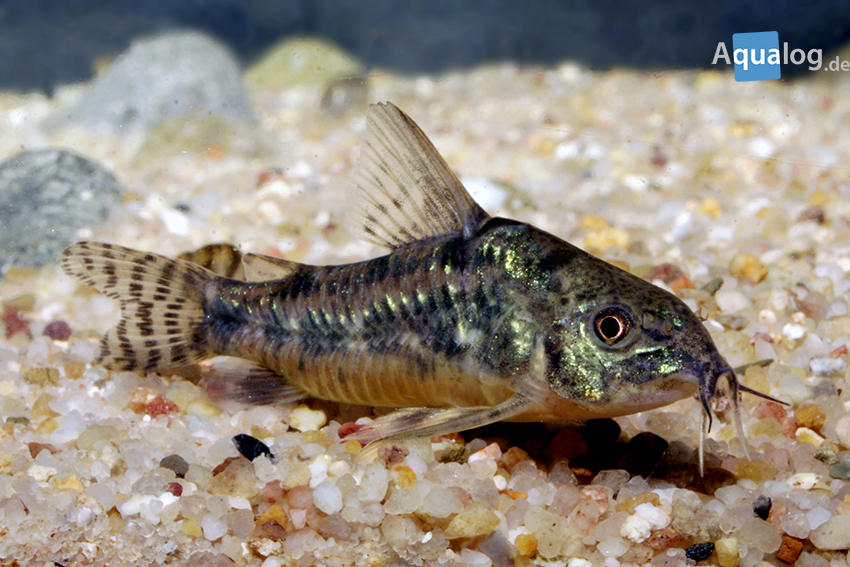
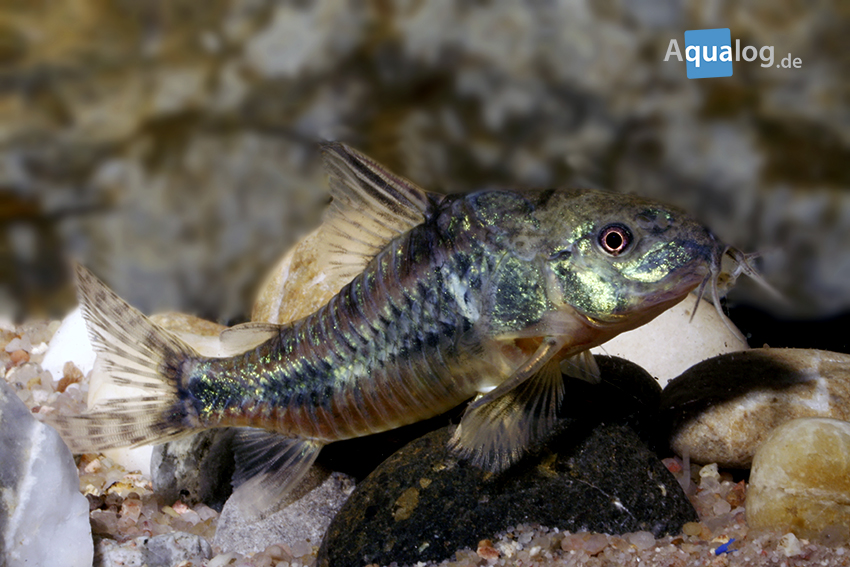
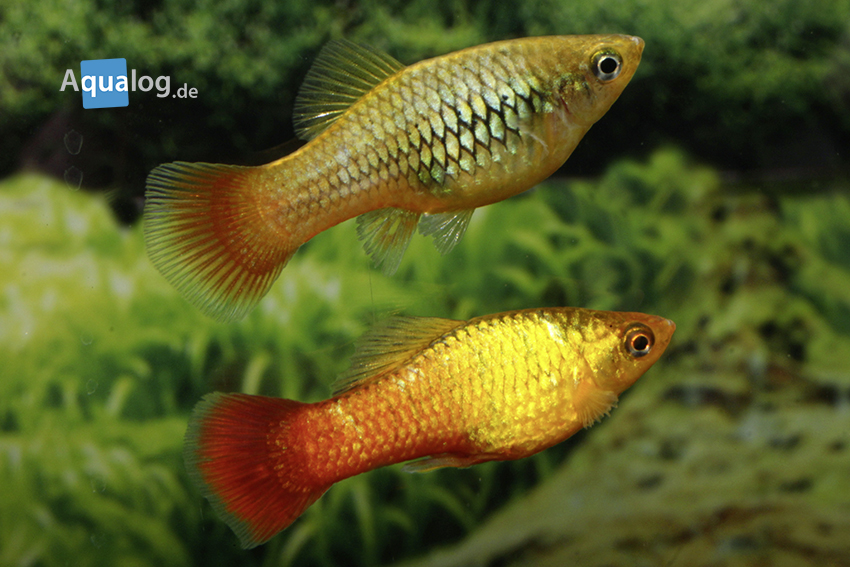
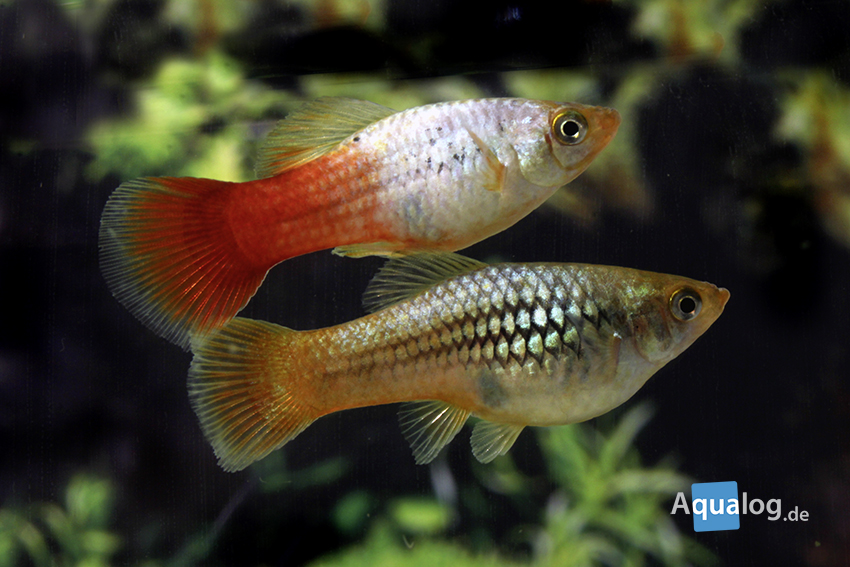
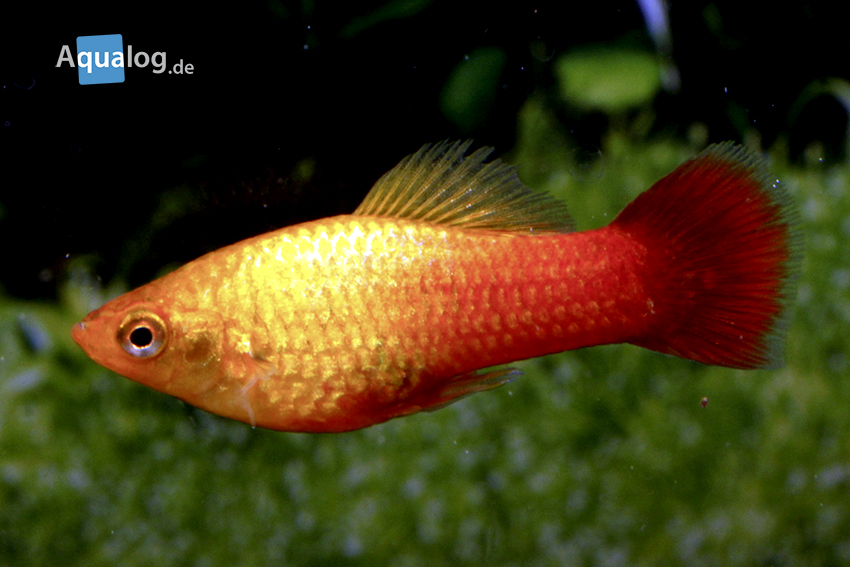
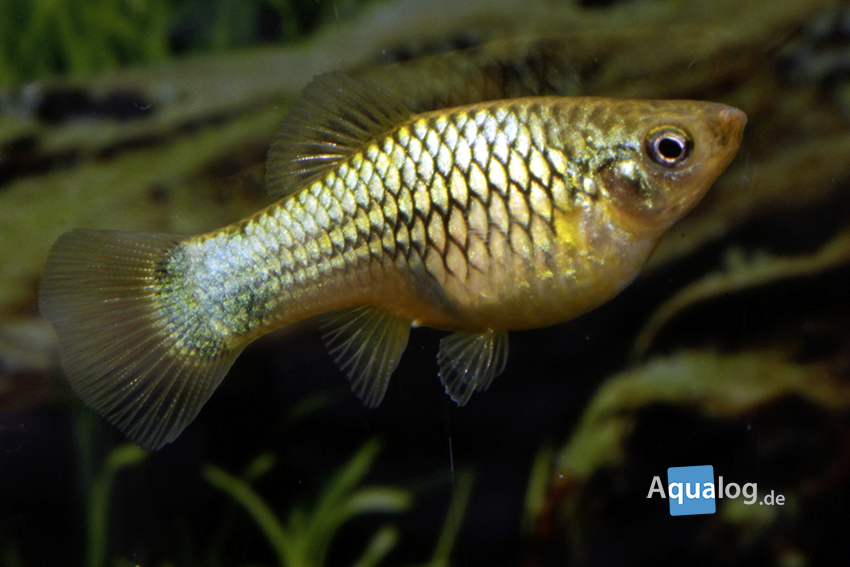
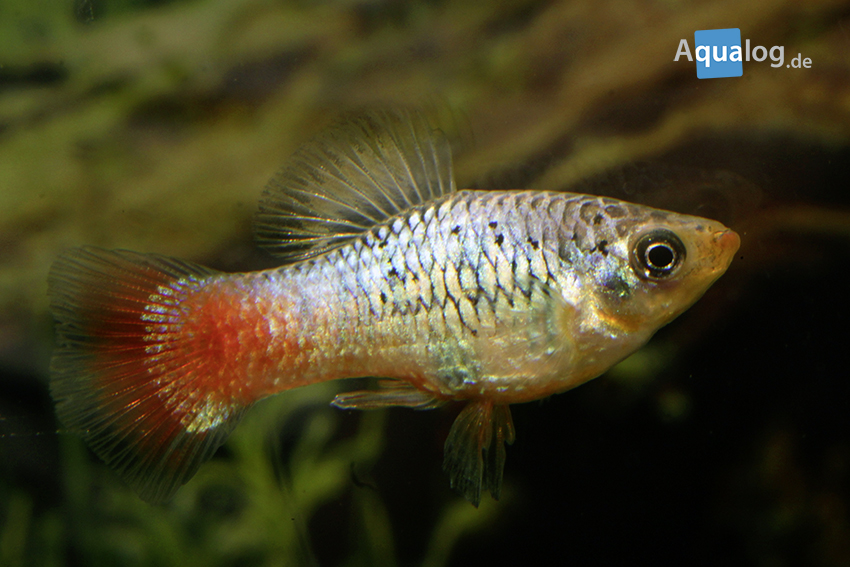
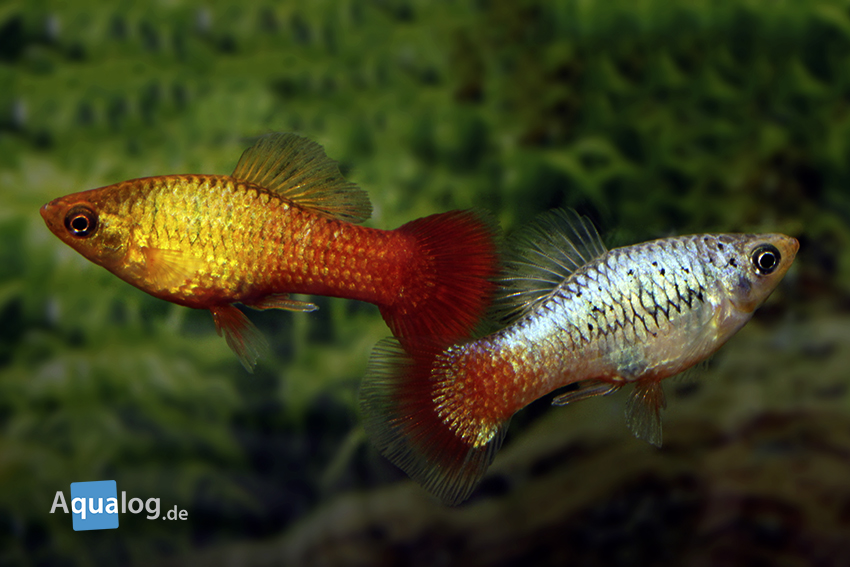

Dendrochirus Zebra- great YouTube channel. A Dutch man keeps his beautiful fish in the ponds and green house. I strongly recommend to everyone who’s interested about this subject.